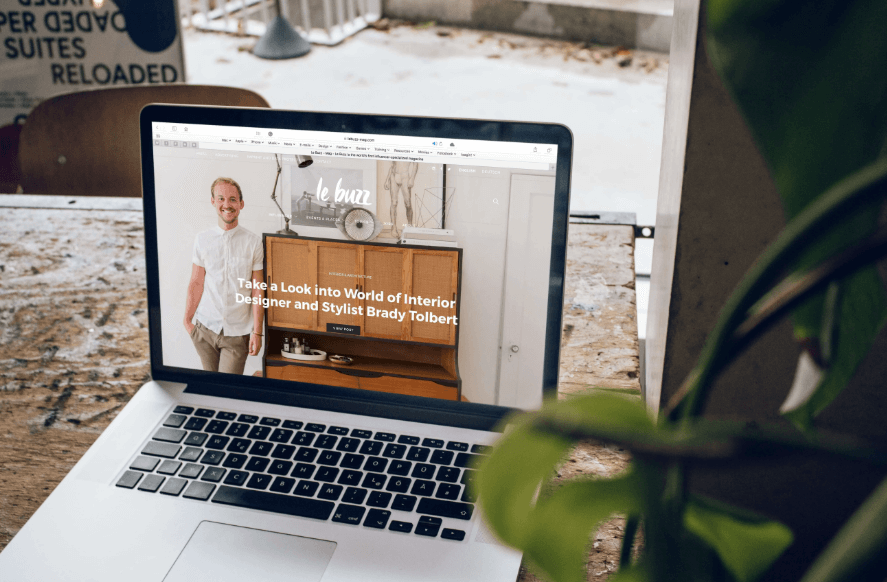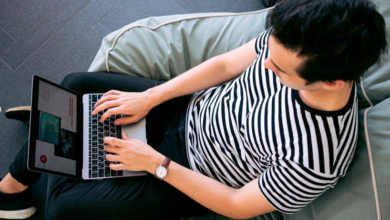
How to Pair Retro and Modern Classic Fonts in One Design
Among the most compelling trends today is the creative blending of retro and modern classic fonts. This stylistic fusion allows designers to harness the expressive character of vintage typefaces while grounding their work in the clarity and elegance of timeless fonts. However, combining these two different aesthetics requires careful thought and balance. Here’s a guide on how to successfully pair retro and modern classic fonts in one cohesive design.
Understanding Font Personalities
The first step in merging retro and modern fonts is to understand the personality each brings to the table. Retro fonts often evoke nostalgia and flair, drawing inspiration from past eras. These fonts tend to be decorative, bold, and brimming with attitude. In contrast, modern classic fonts, such as TT Norms Pro embody timeless design principles. They are clean, restrained, and highly legible, often used to convey professionalism, tradition, and sophistication. Knowing the emotional weight and visual impact of each category helps in selecting fonts that work well together.
Establishing a Dominant Typeface
In any successful font pairing, establishing a clear typographic hierarchy is key. One font should lead the composition, while the other plays a supporting role. Depending on your project’s goals, either the retro or the modern font can take center stage. For designs that aim to be playful, eye-catching, or nostalgic—such as posters, album covers, or event promotions, a retro font can serve as the headline or title. In contrast, if your design leans toward elegance and readability, such as in websites, editorials, or business materials. It is a modern classic font should dominate, with the retro font used more sparingly for emphasis or decorative flair.
See also: Tips to Choose the Best Radio for Any Environment
Balancing Contrast and Harmony
While contrast is essential for visual interest, harmony ensures that the font pairing feels cohesive. The best font combinations strike a balance between stylistic variety and visual compatibility. This means choosing fonts that, despite their differences, share certain visual traits such as similar proportions, curves, or stroke widths. For instance, a retro display font with smooth, rounded edges might pair well with a modern serif that features soft, elegant curves. When the fonts feel like they belong in the same visual world, the overall design remains unified rather than disjointed.
Maintaining Contextual Sensitivity
Another crucial factor when pairing retro and modern fonts is the context in which they are used. Certain settings allow for greater creative freedom, such as music posters, fashion campaigns, or social media graphics, where dramatic contrasts and bold expressions are encouraged. On the other hand, projects like corporate branding, mobile apps, or editorial layouts demand a more refined approach. In such cases, the retro font should be used minimally and strategically, while the modern classic font ensures clarity and professionalism. Always consider the user’s reading experience and the design’s long-term functionality.
Designing with Spacing and Hierarchy in Mind
Once fonts are selected, the way they are laid out plays a critical role in the success of the design. Hierarchy should be established through font size, weight, and positioning, guiding the viewer’s eye naturally across the page. Retro fonts, especially those with ornate or decorative elements, benefit from generous spacing to prevent overcrowding. Modern fonts, known for their structure, help maintain balance and alignment throughout the design. Consistent line spacing, padding, and color schemes can also help bridge the stylistic gap between the two fonts, making the design feel intentional and polished.
Conclusion
Pairing retro and modern classic fonts is an art that relies on a deep understanding of visual storytelling, typographic character, and design structure. When executed thoughtfully, this combination can result in powerful, emotionally resonant visuals that are both nostalgic and current. The goal is not to force two contrasting styles together but to let them complement each other, where one brings personality and the other brings order. By paying close attention to harmony, hierarchy, and context, you can create designs that are bold, memorable, and truly unique.




